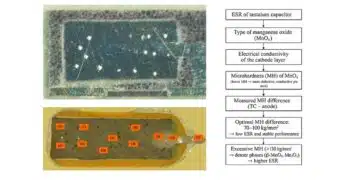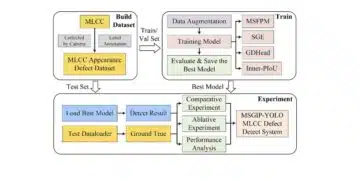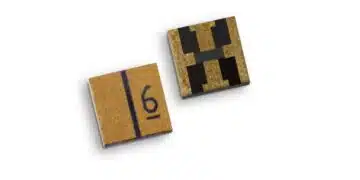This thermistor videos by Murata explains basics of thermistor technologies in three video parts.
This video explains the characteristics of thermistors, comparing SMD-type components used in temperature sensor circuits.
Basic Operation
Simplified, the thermistor material consists of doped granule compounds containing various oxides that by means of binders have been pressed to a desired shape and then sintered. The terminals either are inserted into the resistor body or soldered to metallized surfaces. There are a number of encapsulation types.
The basics thermistor workshop by Murata consists of three video parts:
































